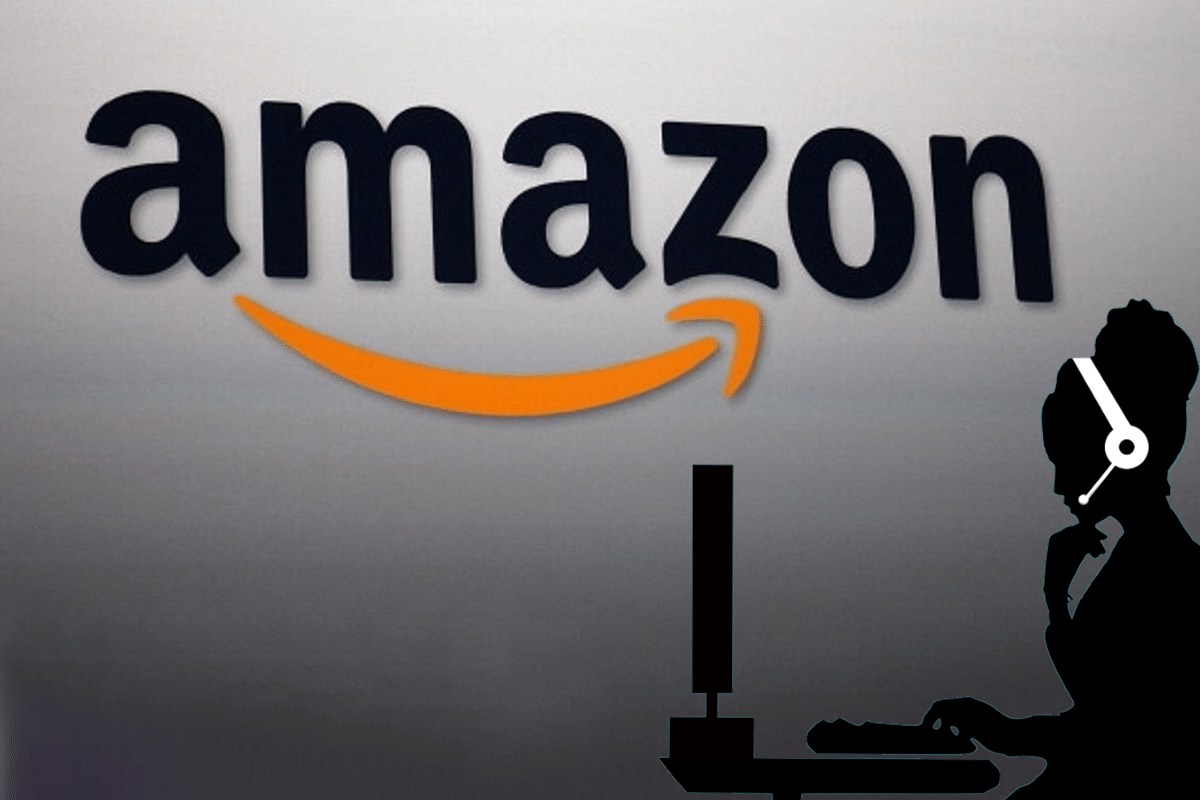Business
Amazon Surges With Prime Price Hike, Cloud Unit Performance, And Stake In Rivian
- Growing logistical costs, employee costs, and overhead costs, have pushed Amazon to implement a 17 per cent price hike for its Prime membership.

Growing logistical costs, employee costs, and overhead costs, have pushed Amazon to implement a 17 per cent price hike for its Prime membership.
A day after Facebook’s owner Meta plunged 20 per cent after worse-than-expected results and negative management commentary, Amazon’s stock traded 14 per cent higher during the after-hours. While operating income fell 49 per cent year-on-year to Rs 3.5 billion, sales during the holiday quarter went up to $ 137 billion.
However, the greatest impetus for the stock rise can be attributed to the announcement of a 17 per cent price hike for its premium Prime subscription, as the company faces higher costs, high growth in Amazon Web Services, and a valuation gain from its stake in Rivian.
Growing logistical costs, employee costs, and overhead costs, have pushed Amazon to implement a 17 per cent price hike for its Prime membership. The yearly membership that was previously sold at $119, will sell at $139 for the year.
The Covid sales boom resulted in the e-commerce giant hiring around 150,000 new employees to handle the increased pressure. In addition, a tough labour market with increasing wages, employee shortage, and absenteeism due to pandemic woes caused the labour costs to rise disproportionately.
In the United Kingdom, workers were even paid GBP 3,000 as a sign on bonus to build the company’s employee force. Wages too grew from around GBP 10 per hour to GBP 11.10 per hour for operational personnel in London.
Quite recently, the company had taken a price hike in the India market as well. However, the hike had been relatively steeper in percentage terms.
Prime was initially introduced in 2005 at a pricing of $79 for a year, as an express shipping offering. Over time, it went on to include other offerings such as Prime Video and Prime Music.
Today, Prime has more than 200 million members worldwide.
Apart from the Prime price hike, Amazon’s cloud unit, Amazon Web Services performed quite well in the current quarter. The business logged sales growth of around 40 per cent, which helped Amazon to post a profit for the quarter.
AWS has been an extremely successful offering that saw its revenue growth from around $4 billion in financial year 2014 (FY14) to more than $40 billion by FY21.
The business is likely to clock revenues upwards of $50 billion for the current financial year.
Finally, the third (and largest) driver of Amazon’s profit growth has been its investment in electric vehicle manufacturer Rivian. Amazon had invested around $1.39 billion in Rivian as it looks to build a sustainable electric fleet. The company went public last year at a valuation of $90 billion, without generating any revenues or manufacturing a single car.
Apart from its 20 per cent yield in the company, Amazon is Rivians’ customer and had signed an agreement for the supply of 100,000 vehicles. Though Rivian’s stock price has halved since its IPO, Amazon had received significant returns through the IPO.
In total, Amazon earned significant profits of around $12 billion through its stake in Rivian. Ironically, Rivian’s price fell significantly after Amazon struck a deal for vehicle supply with Stellantis (erstwhile Fiat-Chrysler).
However, some investors remain concerned about Rivian being the major driver of profits, while the e-commerce business struggles with higher costs. In addition, without AWS growth, numbers do not seem as impressive.
North America and International businesses reported around 19.7 per cent and 24 per cent rise in expenses. In addition, Rivian’s valuation appears to be quite high, and is a temporary booster of Amazon’s profits.
Nevertheless, the Ads and AWS businesses have proven to be extremely successful with combined yearly revenues nearing more than $80 billion. The revenues for the Ads business was listed separately. The numbers indicated that Amazon’s advertisement business is larger than the advertising businesses of YouTube, Snap, Microsoft, or Pinterest.
Ads and AWS are seen as highly profitable businesses that have a significant contribution towards cash flows. Unlike Meta, Amazon’s Ad business is comparable to Google’s as it did not face any issues due to Apple’s privacy changes.
Both the segments continue growing at the rates of 30-40 per cent per year, despite the immense size. Retail investors became interested in the stock after Terry Smith, of Fundsmith, bought into the stock after the company’s return on capital improved to 27 per cent from 5 per cent in 2015.
Nevertheless, the numbers look less impressive when the gains from Rivian are excluded — especially in the e-commerce segment where high costs threaten to pull operating profits lower, unless revenues increase.
Support Swarajya's 50 Ground Reports Project & Sponsor A Story
Every general election Swarajya does a 50 ground reports project.
Aimed only at serious readers and those who appreciate the nuances of political undercurrents, the project provides a sense of India's electoral landscape. As you know, these reports are produced after considerable investment of travel, time and effort on the ground.
This time too we've kicked off the project in style and have covered over 30 constituencies already. If you're someone who appreciates such work and have enjoyed our coverage please consider sponsoring a ground report for just Rs 2999 to Rs 19,999 - it goes a long way in helping us produce more quality reportage.
You can also back this project by becoming a subscriber for as little as Rs 999 - so do click on this links and choose a plan that suits you and back us.
Click below to contribute.
Latest